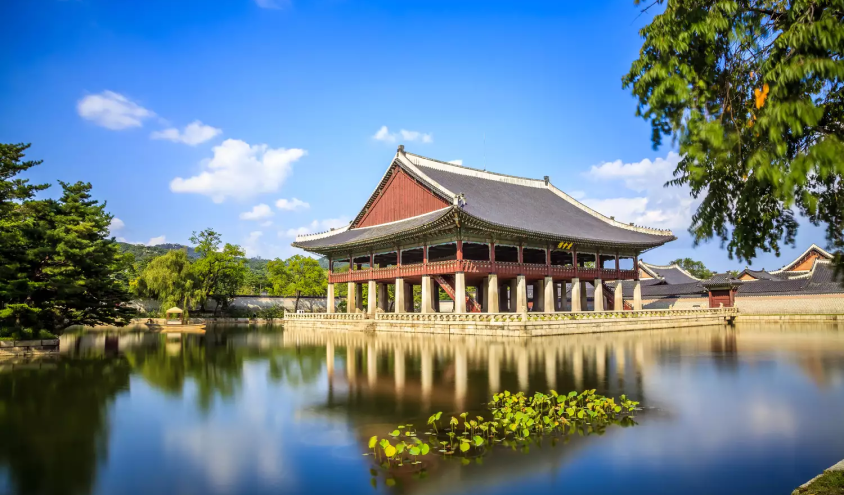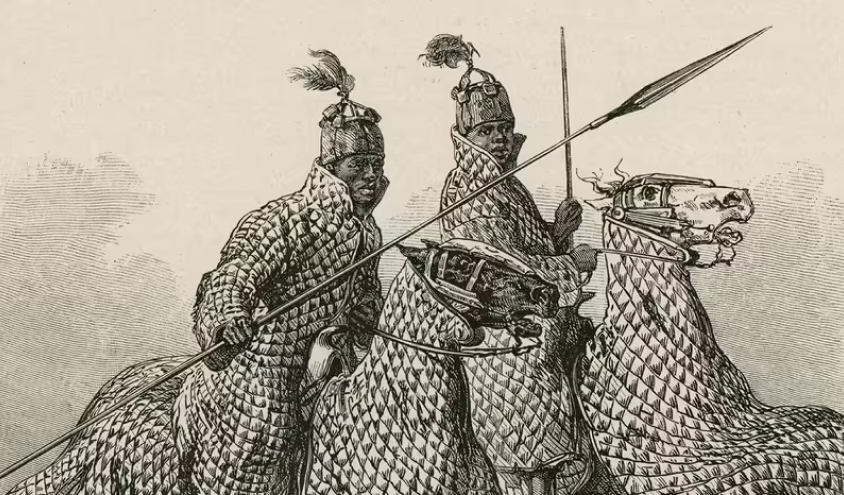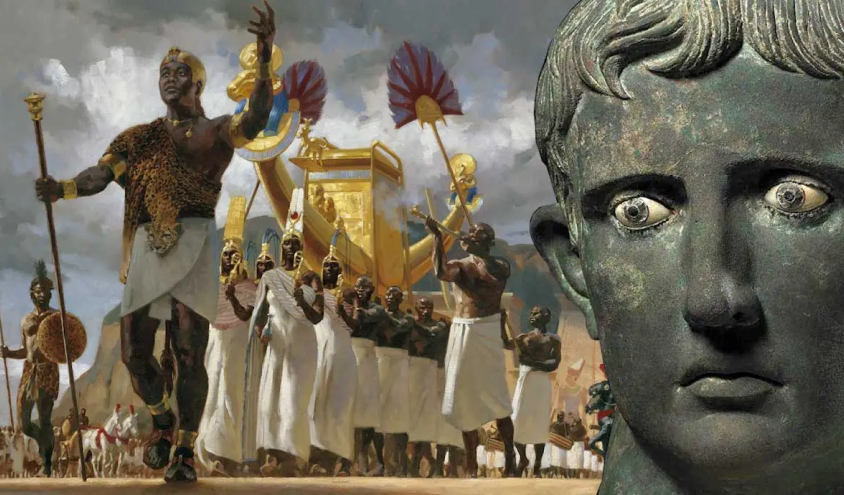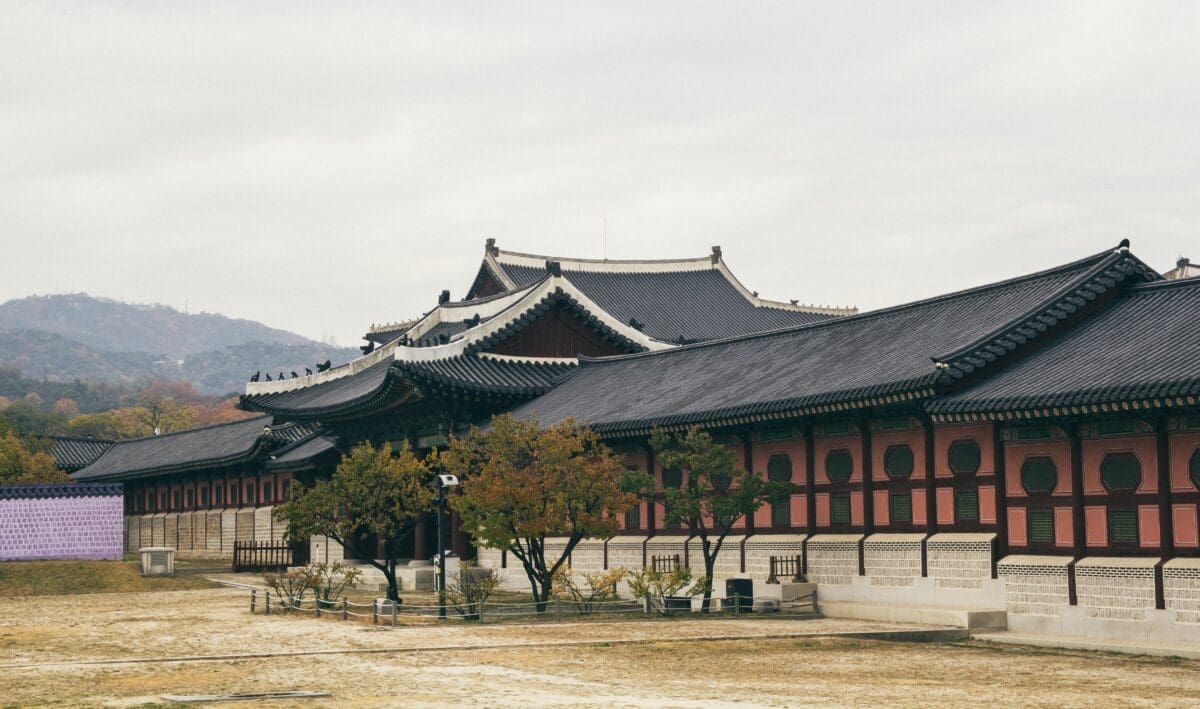Throughout human history, the world has seen an infinite number of empires known to mankind. While some of these kingdoms have enjoyed great success spanning centuries of continuous rule, others have perished as quickly as they have risen to power. However, no empire is indestructible, with politics, leadership, and disunity all factors affecting a ruler’s reign.
In this article, we will analyze some of the longest-lived empires in history and explore the reasons behind both their success and downfall. So, let’s get going!
4. Kingdom of Joseon 518 years (1392-1910)

With an impressive leadership lasting over five centuries, the Kingdom of Joseon is one of the most prominent eras of Korean history. Much of the peninsula’s modern-day culture and practices stem from the Kingdom of Joseon, and it was a time of remarkable growth and achievements.
The Kingdom of Joseon was established in July 1392 by military commander Yi Seong-gye after the fall of the 400-year-old Goryeo Dynasty. This new society was founded on the basis of Confucian ideals, with the immediate reorganization of the empire based on his teachings. Keynote successes during this era include:
- the establishment of the Korean script Hangul,
- the invention of the rain gauge, and t
- he building of the Gyeongbuk Palace and Changdeok Palace.
The 16th and 17th centuries marked continuous foreign invasions of the Kingdom. Although only a few were successful, the warfare weakened the empire. After a period of maintaining an isolationist policy, the Japanese finally formally occupied the Korean peninsula in 1910, bringing the Kingdom of Joseon to an end.
3. Khmer Empire: 629 years (802–1431)

One of the least known empires to have reigned on Earth is the Khmer Empire. Ruled over an area encompassing modern-day Cambodia, the Khmer Empire lasted over 600 years.
Angkor is famous for housing the biggest religious monument in the world: the Angkor Wat. This fantastic architectural wonder that covers an area four times the size of the Vatican City was built by the Khmer King Suryavarman II (Paramavishnuloka) in the first half of the 12th century.
At its peak, the Khmer Empire was very wealthy, as is evident from the area’s ancient monuments and buildings. Many scientific advancements ahead of its time were also implemented across the kingdom, including the construction of country-wide hospitals, roads, and temples.
There is very little information available on the details of this Kingdom, with most information sourced from the publishings of Zhou Daguan, a Chinese diplomat who visited Angkor in 1296. However, it is understood that political power struggles with neighboring empires were the reason for its downfall.
2. Kanem Empire: 700+ years (700–1390s)

Located in parts of present-day Chad, Libya, and Niger in Central Africa, the Kanem Empire is one of the most mysterious kingdoms in the world, with very little information available on its history. The Kanem Empire was established around 700 C.E. and lasted until the 1390s.
The introduction and adoption of Islam was the main reason for the military expansion of the Empire, with the King of the land declaring Jihad (holy war) against neighboring tribes to promote the spread of the religion. The entire military system of the empire was based on this land accumulation, where the greater the land conquered, the higher the social rank.
However, this system led to the Kanem Empire’s downfall. Eventually, civil wars broke out among soldiers for greater military conquests, and the Kingdom weakened overall. The territory was eventually completely invaded by the 1390s, resulting in the end of one of the longest empires in history.
1. Kingdom of Kush: 1400+ years (1070 BCE- 350 C.E)

One of the longest empires that is virtually unknown to the common man is the Kingdom of Kush, located in what is now the Republic of Sudan. Established sometime around 1070 BCE, the Kush Empire was an ancient African Civilization that was also known as Nubia. The Kush ruled over parts of Africa for over 1400 years, making the Kingdom of Kush one of the longest-lived empires of the world.
The Kingdom of Kush enjoyed great success for the first 500 years of its reign, after having conquered the major power of Egypt. The empire saw two capital cities: Napata and Meroe. The former was the first capital of the kingdom and was located in the Northern Kush along the Nile River. About five centuries later, the capital was shifted to Meroe, a city in the Southern region of the empire. Sometimes around the middle of the 300s C.E., the Kingdom of Kush came to an end. This is likely due to weakened power after Rome conquered Egypt.
Final Word
Throughout history, numerous empires have risen to prominence, many of which remain relatively unknown despite their enduring legacies. The Kingdom of Joseon, the Khmer Empire, the Kanem Empire, and the Kingdom of Kush are exemplary testaments to this, each boasting impressive longevity and leaving behind indelible marks in their respective regions. While renowned empires like the Romans and Greeks often dominate historical discourse, it’s essential to acknowledge and appreciate the vast tapestry of civilizations that have shaped our world.

